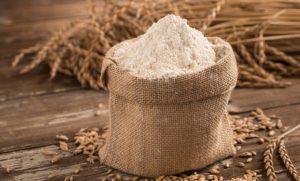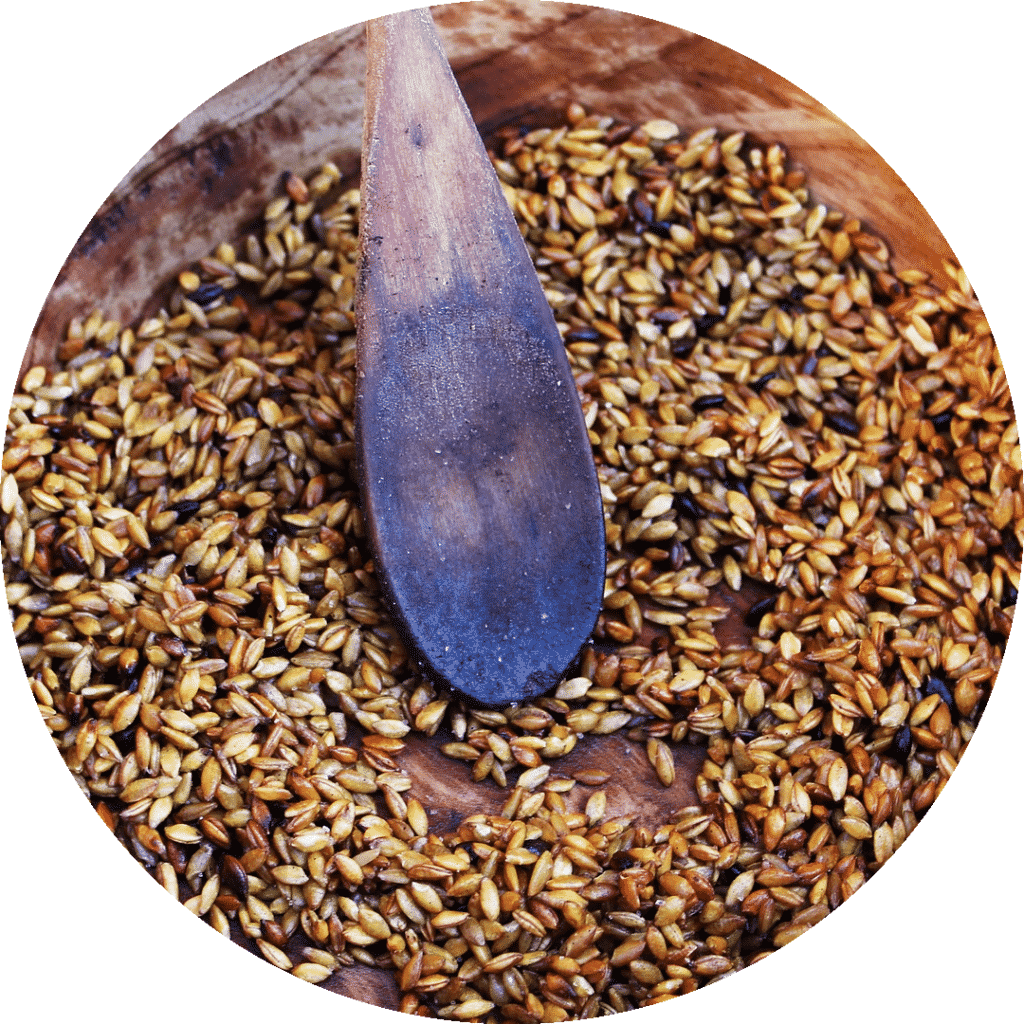
Spelt, an ancient grain with a modern taste
Spelt originated in Persia. The historical importance of spelt comes from ancient Greek and Roman texts; it is also mentioned in the Old Testament.
It was cultivated by the Gauls who supplied Rome during the Empire. It is said that Gaul was "the granary of Rome". This is how spelt came to be known as "Gallic Wheat".
In the Middle Ages, spelt was thought to cure illness. Hildegard of Bingen, considered to be Germany's first naturalist, praised it as early as the twelfth century: "It gives a cheerful spirit and brings joy to the spirit of man. In whatever form it is eaten, whether as bread or in other preparations, it is good and pleasant.
However, it is important to qualify Hildegard of Bingen's praise! Spelt is a source of gluten and is therefore not suitable for everyone.
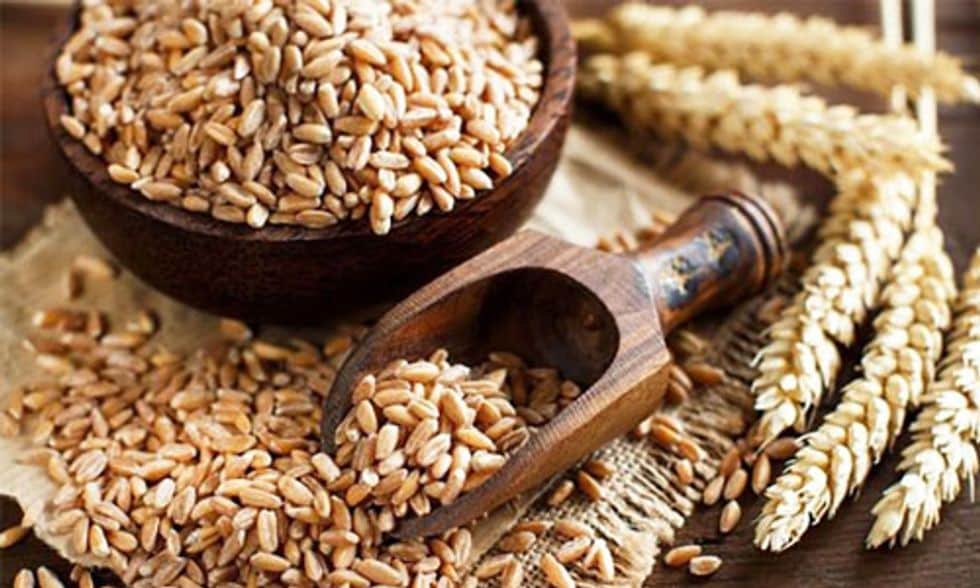
The nutritional qualities of spelt
It is a cereal with an incredible nutritional profile! Rich in fibre, protein and amino acids essential to the body, this cereal provides energy that is slowly assimilated by the body, which favours intestinal transit and the feeling of satiety, and helps to regulate blood sugar and cholesterol levels.
Spelt contains :
- Minerals and trace elements that strengthen the bones and joints,
- Numerous vitamins (B1, B2, B3)
- 8 of the 20 essential amino acids for our body!
- 4 times more magnesium than rice or wheat. Remember that magnesium promotes a good mood!
- Up to 75% vegetable fibre
- Iron, zinc, copper, calcium, sodium, potassium.
The consumption of spelt helps to prevent illnesses and helps to cure those that originate in the intestine: gastrointestinal diseases, food allergies.
Small spelt or large spelt?
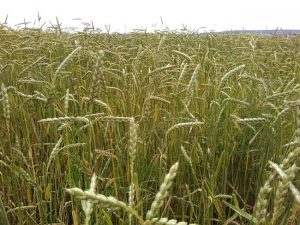
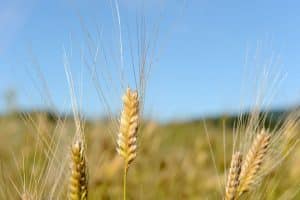
Small or large spelt, this grain has long been forgotten in favour of wheat because of its low yield and its intolerance to fertilisers that could improve its profitability. But this is its advantage, as spelt is one of the few cereals to receive few pesticides.
How to eat spelt?
Its nutty flavour and crunchy texture make it suitable for many recipes, both sweet and savoury, so it can be used from breakfast to dinner!
Small spelt can be eaten as a starchy food such as pasta or rice, in soup, in salads, as a side dish for vegetables, etc. To obtain a plump and soft grain, without being sticky, it should be soaked for at least 12 hours, rinsed in several baths until the water becomes clear, before cooking.
The firmer kernels of spelt are usually ground into flour and used in the manufacture of pasta, bread, cake and confectionery. Spelt flour and/or bran are used in the composition of Sigdal Breakfast crackers, pumpkin seeds, herbs and sea salt, and spelt rye and bran.
